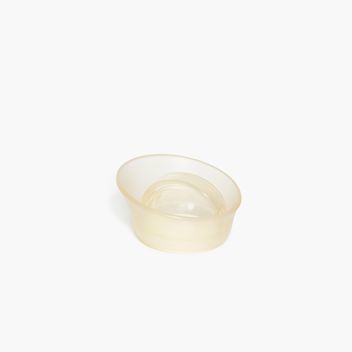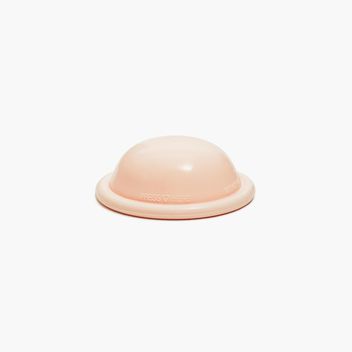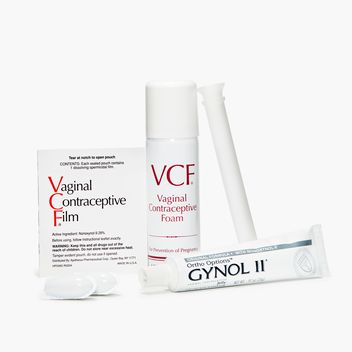How do I use spermicide?
There are different types of spermicide, so check the directions that come in the package. If you don’t use spermicide correctly, it won’t work as well.
How to use spermicide
Inserting spermicide into your vagina is usually pretty easy — it’s similar to putting in a tampon.
First, check the expiration date. Relax and get into a comfortable position — you can stand with one foot on a chair, lie down, or squat — then gently insert the cream, film, foam, gel, or suppository deep into your vagina using your fingers or the applicator that came in the package.
There are many types of spermicide that come with slightly different instructions, so read the directions that come in the package to make sure you’re doing everything right.
Can I use spermicide with condoms?
Yes! Spermicide won’t damage condoms — they’re best buddies and work really well together. Condoms give your spermicide an extra punch of pregnancy-preventing power. And spermicide can’t protect you from STDs, but adding a condom will help keep you safe.
How long does spermicide last?
Timing is important when it comes to spermicide. Some spermicide isn’t effective right away and must be put in your vagina at least 10-15 minutes before sex. And many spermicides are only effective for 1 hour after you put them in your vagina. If you’re going to have sex more than once, you’ll need to add more spermicide. But using spermicide several times a day can cause irritation that increases your risk for STDs, so it’s a good idea to use condoms to protect yourself.

 Abstinence
Abstinence
 Breastfeeding
Breastfeeding
 Cervical Cap
Cervical Cap
 Condom
Condom
 Diaphragm
Diaphragm
 FAM
FAM
 Female Condom
Female Condom
 Implant
Implant
 IUD
IUD
 The Patch
The Patch
 The Pill
The Pill
 The Ring
The Ring
 The Shot
The Shot
 Spermicide
Spermicide
 Sponge
Sponge
 Sterilization
Sterilization
 Vasectomy
Vasectomy
 Withdrawal
Withdrawal